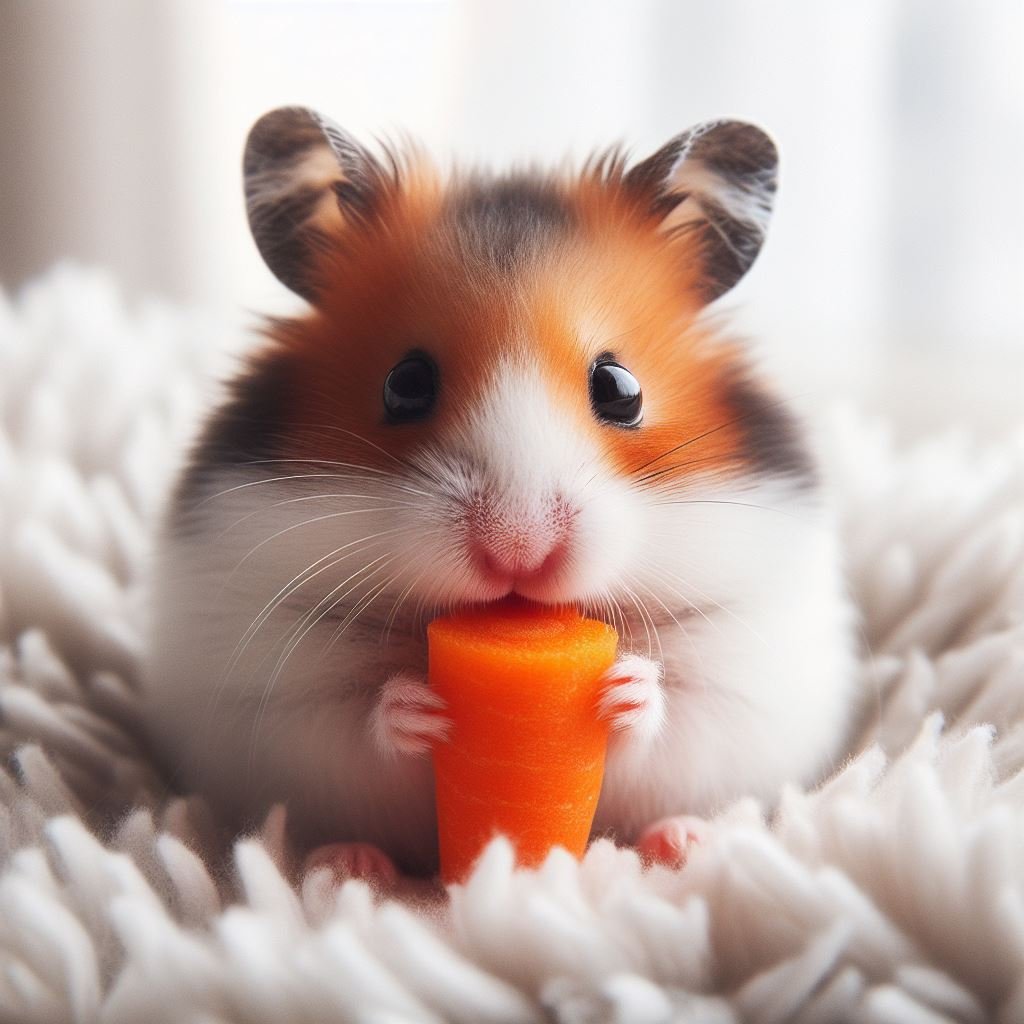Hamsters are adorable, fluffy, and popular pets that can bring joy and entertainment to any household. But how much do you really know about these small rodents? You may be surprised by some of the facts that we have gathered for you. Here are 10 surprising facts about hamsters that will make you love them even more.
1. Hamsters are not native to America
Hamsters are native to Europe, Asia, and Africa, where they live in various habitats, such as deserts, grasslands, and forests. The first hamsters were brought to America in the 1930s as laboratory animals, and later became popular as pets. Today, there are about 25 species of hamsters, but only five of them are commonly kept as pets: the Syrian hamster, the Campbell’s dwarf hamster, the winter white dwarf hamster, the Roborovski hamster, and the Chinese hamster.
2. Hamsters can store food in their cheeks

One of the most distinctive features of hamsters is their cheek pouches, which they use to store food and transport it to their burrows. Hamsters can fit up to 20% of their body weight in their cheeks, and some species can even inflate their cheeks to swim across water. Hamsters hoard food for later consumption, especially during winter, when food is scarce. They also use their cheek pouches to hide from predators, by making themselves look bigger and more intimidating.
3. Hamsters are very clean animals
Hamsters are very meticulous about their hygiene and grooming. They clean themselves several times a day, using their paws, tongue, and teeth. They also have scent glands on their flanks, which they rub against objects to mark their territory and communicate with other hamsters. Hamsters do not need baths, as this can damage their natural oils and cause stress. However, they do appreciate a sand bath, which helps them remove dirt and excess oil from their fur.
4. Hamsters have excellent hearing and smell, but poor eyesight

Hamsters rely on their ears and nose more than their eyes to navigate their environment and find food. Hamsters have very sensitive hearing, and can detect sounds up to 20 kHz, which is beyond the range of human hearing. They also have a keen sense of smell, and can recognize each other and their owners by their scent. Hamsters have poor eyesight, and are nearsighted and colorblind. They can only see up to 6 inches in front of them, and have a blind spot right in front of their nose. They use their whiskers and their sense of touch to compensate for their poor vision.
5. Hamsters are nocturnal or crepuscular
Hamsters are mostly active at night or during twilight, when they are less likely to encounter predators. They sleep during the day, usually in a cozy nest made of bedding, paper, or other materials. Hamsters have a circadian rhythm, which means they follow a 24-hour cycle of sleeping and waking. However, their cycle can be influenced by external factors, such as light, temperature, and noise. Hamsters can adapt to their owner’s schedule, and become more active during the day, but they still need plenty of rest and a dark and quiet place to sleep.
6. Hamsters are solitary or social, depending on the species

Hamsters have different social behaviors, depending on the species. Syrian hamsters are solitary, and prefer to live alone. They are very territorial, and will fight with other hamsters if they share the same cage. Dwarf hamsters, on the other hand, are social, and can live in pairs or small groups of the same sex and species. They enjoy each other’s company, and will groom, play, and cuddle with each other. However, dwarf hamsters can also have conflicts, and may need to be separated if they show signs of aggression or stress.
7. Hamsters are prolific breeders
Hamsters are capable of reproducing at a very young age, and can have multiple litters a year. Hamsters reach sexual maturity at around 4 to 10 weeks, depending on the species. The gestation period of hamsters ranges from 16 to 22 days, and the litter size can vary from 1 to 13 pups, with an average of 6 to 8. Hamsters are polygynandrous, which means they mate with multiple partners. Female hamsters can become pregnant again shortly after giving birth, and can produce up to 10 litters in a year.
8. Hamsters have unique dental characteristics

Hamsters have four incisors, two on the upper jaw and two on the lower jaw, that grow continuously throughout their lives. They need to gnaw on hard materials, such as wood, seeds, or chew toys, to keep their teeth from becoming too long and causing health problems. Hamsters also have cheek teeth, or molars, that are used for grinding food. Hamsters have 16 cheek teeth, 8 on each side of the mouth, that are hidden behind the cheek pouches. Hamsters do not have canine teeth, or fangs, unlike some other rodents.
9. Hamsters can hibernate or go into torpor
Hamsters can enter a state of reduced body temperature and metabolic activity, known as hibernation or torpor, in response to cold or stressful conditions. Hibernation is a long-term process, lasting for days or weeks, while torpor is a short-term process, lasting for hours or days. During hibernation or torpor, hamsters become inactive, curl up into a ball, and breathe very slowly. They can be woken up by gentle stimulation, such as warmth, light, or touch. However, hibernation or torpor can be dangerous for hamsters, as they can become dehydrated, lose weight, or develop infections. Therefore, it is best to prevent hamsters from hibernating or going into torpor, by providing them with a warm, comfortable, and stable environment.
10. Hamsters are intelligent and trainable

Hamsters are smart and curious animals, that can learn and remember various things. They can recognize their owners, their names, and their voices. They can also be trained to do simple tricks, such as coming when called, standing on their hind legs, or running through an obstacle course. Hamsters can be trained using positive reinforcement, such as treats, praise, or toys. However, hamsters have short attention spans, and may lose interest or get distracted easily. Therefore, it is important to be patient, consistent, and gentle when training hamsters.
Conclusion
Hamsters are amazing and fascinating pets, that have many surprising facts and features. They are cute, cuddly, and full of personality, making them fun and rewarding companions. We hope you enjoyed learning more about hamsters, and that you love them even more than before.




Thank you for your sharing. I am worried that I lack creative ideas. It is your article that makes me full of hope. Thank you. But, I have a question, can you help me?